#the Himalayas
Explore tagged Tumblr posts
Text

The Himalayas, Planet Earth
251 notes
·
View notes
Text

#Himalayas#the Himalayas#places#nature#naturecore#wanderlust#mountains#mountaincore#mountain range#asia
57 notes
·
View notes
Text



Snow Leopard & Himalayan Ibex | EarthSounds: The Himalayas
Snow Leopards' hearing is three times more sensitive than ours, allowing them to pick out faint noises from miles away. They listen out for one particular animal: Himalayan Ibex.
#documentaryedit#animaledit#sceneryedit#The Himalayas#India#Snow Leopards#animals#mammals#wild animals#wild cats#🐾#PFA orig#gifs#src documentary#📺 EarthSounds (2024)#narrated by Tom Hiddleston
23 notes
·
View notes
Text
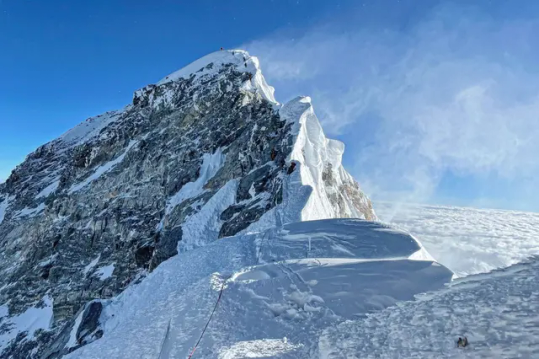

Why are Hundreds of Climbers Heading into the ‘Death Zone’ on Mt Everest This Spring?
Thick murky clouds fill the sky, with freezing winds carrying snow faster than 100 miles per hour. With a frigid –30 degrees Fahrenheit temperature, life-threatening snowstorms and avalanches are frequent.
And these are typical conditions on the world’s highest mountain: Mount Everest.
The behemoth towers 29,032 feet (8,849 meters) between Nepal and Tibet in the Himalayas, with its peak surpassing most clouds in the sky.
An attempt to climb Everest requires months, sometimes years, of training and conditioning – even then, reaching the summit is far from guaranteed. In fact, more than 300 people are known to have died on the mountain.
And yet the mountain still draws hundreds of climbers who are determined to reach its peak every spring. Here’s what it takes to make the climb and what has motivated some climbers to summit the world’s highest peak.
‘I thought I was in pretty good shape’
Dr. Jacob Weasel, a trauma surgeon, successfully summited Everest last May after conditioning for nearly a year.
“I would put on a 50-pound backpack and do two hours on a stair stepper with no problem,” Weasel said. “So, I thought that I was in pretty good shape.” However, the surgeon said he was humbled after discovering that his fitness was no match for the lofty athleticism required by the mountain.
“I would take five steps and have to take 30 seconds to a minute to catch my breath,” Weasel recalled of his struggle with the lack of oxygen available while ascending Everest.
Climbers aiming for the summit usually practice an acclimatizing rotation to adjust their lungs to the thinning oxygen levels once they arrive on the mountain. This process involves mountaineers traveling upward to one of the four designated camps on Everest and spending one to four days there before traveling back down.
This routine is repeated at least two times to allow the body to adapt to declining oxygen levels. It increases a climber’s chances of survival and summiting.
“If you took somebody and just plopped them up at the high camp on Everest, not even on the (top), they would probably go into a coma within 10 to 15 minutes,” Weasel said.
“And they would be dead within an hour because their body is not adjusted to that low of oxygen levels.”
While Weasel has successfully summited dozens of mountains, including Kilimanjaro (19,341 ft), Chimborazo (20, 549 ft), Cotopaxi (19,347 ft), and most recently Aconcagua (22,837 ft) in January, he said none of them compares to the high-altitude of Mount Everest.
“Because no matter how well you are trained, once you get to the limits of what the human body can take, it’s just difficult,” he continued.
At its highest altitude, Everest is nearly incapable of sustaining human life and most mountaineers use supplementary oxygen above 23,000 feet. The lack of oxygen poses one of greatest threats to climbers who attempt to summit, with levels dropping to less than 40% when they reach the Everest “death zone.”
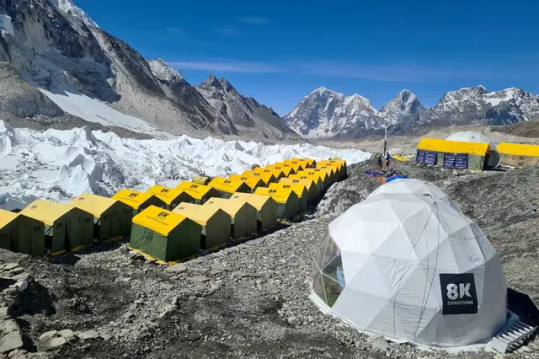
Tents of mountaineers are pictured at Everest base camp in the Mount Everest region of Solukhumbu district on April 18, 2024.
‘It’s difficult to survive up there’
The first target for mountaineers is Everest base camp at approximately 17,000 feet, which takes climbers about two weeks. Then they ascend to the three remaining camps stationed along the mountain.
Camp four, the final one before the summit, sits along the edge of the death zone at 26,000 feet, exposing climbers to an extremely thin layer of air, subzero temperatures, and high winds powerful enough to blow a person off the mountain.
“It’s difficult to survive up there,” Weasel said. He recalls passing bodies of climbers who died on the mountain – which isn’t uncommon. The bodies of the fallen mountaineers are well-preserved, exhibiting little to no decay due to the intense cold temperatures.
“I am probably more familiar with death and the loss of life than most people,” the surgeon said. “For me it was just a reminder of the gravity of the situation and the fragility of what life is… even more so motivation for appreciating the opportunity.”
High-altitude cerebral edema (HACE) is one of the most common illnesses climbers face while attempting to summit. “Your brain is starved of oxygen,” Weasel said.
HACE results in the brain swelling during its attempt to regain stable oxygen levels, causing drowsiness, trouble speaking and thinking. This confusion is often accompanied by blurred vision and sporadic episodes of delusion.
“I had auditory hallucinations where I was hearing voices [of friends] that I thought were coming from behind me,” Weasel recalled. “And I had visual hallucinations,” he added. “I was seeing the faces of my children and my wife coming out of the rocks.”
Weasel recalled crossing paths with a friend, Orianne Aymard, who was trapped on the mountain due to an injury. “I remember staring at her for like five minutes and just saying, ‘I’m so sorry,’” Weasel said.
“I’ve spent over a decade of my life training to help people as a surgeon, and being in a position where there’s somebody who requires your help and you are unable to offer any assistance… that feeling of helplessness was tough to deal with,” Weasel said.
Aymard survived. She was rescued and suffered from several broken bones in her foot, in addition to severe frostbite on her hands. Despite all her injuries, Aymard is considered one of the lucky ones.
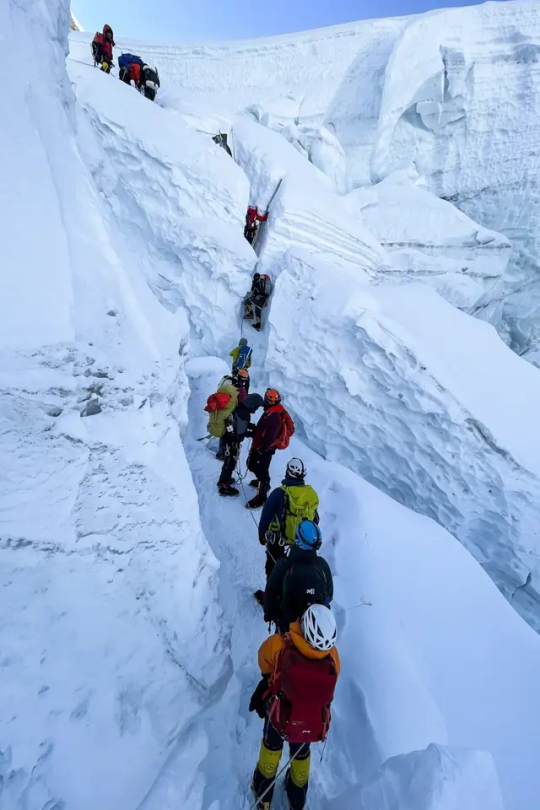
Mountaineers climbing during their ascend to summit Mount Everest on May 7, 2021.
‘Their bodies will get frozen into the mountain’
Everest has long been a tomb for climbers who have succumbed to harsh conditions or accidents on its slopes.
When a loved one or fellow climber is severely injured or dies on the mountain, it’s routine to leave them behind if you’re unable to save them, according to Alan Arnette, a mountaineer coach who summited Everest in 2014.
“What most teams do out of respect for that climber, they will move the body out of sight,” he said. And that’s only if they can.
“Sometimes that’s just not practical because of the bad weather, or because their bodies will get frozen into the mountain,” Arnette said. “So, it’s very difficult to move them.”
Seeing a corpse on Everest is comparable to seeing a horrible car accident, according to the mountain coach. “You don’t turn around and go home,” Arnette said. “You respectfully slow down… or say a prayer for that person, and then you continue.”
It’s been 10 years since the single deadliest accident on the world’s highest mountain, after an avalanche killed 12 Sherpa guides. And 2023 was recorded as the deadliest year on Everest, with 18 fatalities on the mountain – including five people that are still unaccounted for.
The process of recovering bodies is extensive, sometimes impossible. Helicopter rescues and search missions are challenging due to the high altitude and frequently treacherous conditions, resulting in some rescuers dying in their attempt to save others.
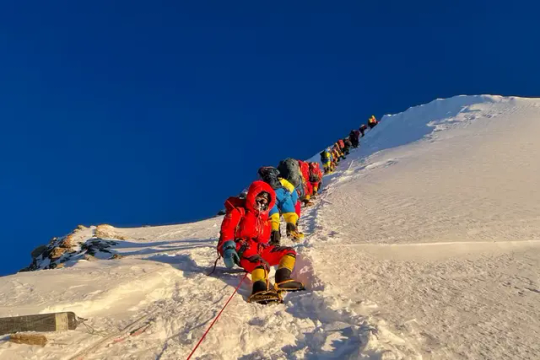
Mountaineers as they climb during their ascend to summit Mount Everest on May 12, 2021.
‘Watching the sunrise from 29,000 feet’
The 3,000 feet climb from camp four to the summit can take anywhere from 14 to 18 hours. Therefore, mountaineers typically leave the camp at night.
“That entire night was cold,” Weasel recalled. “It’s dark, it’s windy.” But it was proven to be worth it in the morning, he said.
“Watching the sunrise from 29,000 feet and having that pyramid of Everest’s shadow projected onto the valley below you…,” Weasel said. “It was probably one of the most beautiful things I’ve ever seen in my life,” he continued.
“It’s weird standing up there and knowing that everything else on the planet is below where you’re standing.”
The size of the mountain is humbling, the surgeon said. “I’ve never felt so small,” he recalled. “That mixture of humility and connectedness with something bigger than yourself is the proper place from which we ought to approach our existence on this planet.”
Like Weasel, Arnette summited at sunrise, and experienced this same feeling of “smallness.” At the top there were “more mountains than you can count,” Arnette remembered. “It was a sense of enormous gratitude and at the same time I knew I had to get back down.”
After about 20 minutes to an hour, climbers typically start to descend back to the base of the mountain.
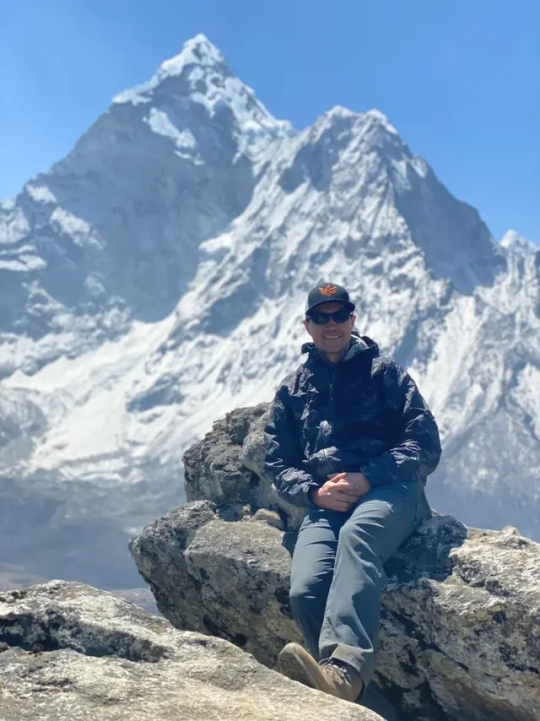
Jacob Weasel.
‘Bigger than yourself’
Before leaving for Nepal, Weasel was gifted an eagle’s feather as a beacon for his Native American heritage.
He was determined to plant the feather on top of Everest “as a symbol of our people and what we’ve endured for the past several hundred years,” Weasel said. “Showing that our spirit is not broken, but we’re able to rise above the things that have happened to us,” he added.
“I remember planting that eagle’s feather on the top of the world and the feeling of real privilege that I felt in representing our people.” And this is why he decided to summit Everest, to be an example that anything is possible for young Native children and his tribe.
“Knowing what it’s like up there, for me personally, the only real justification for going and putting your life, and other lives, at risk is if you’re climbing for a reason that is much bigger than you,” said Weasel.
Arnette attempted to climb Everest three times before he successfully summited.
“My first three tries, I wasn’t clear on my why,” Arnette said. When his mother was diagnosed with Alzheimer’s disease, he looked at his purpose for climbing differently.
“I wanted to do it to raise money for Alzheimer’s and honor my mother,” Arnette said.
There are approximately 300 people that have been issued a permit from the Nepal government to climb the mountain this year, according to Arnette. And he said the number is down from previous years.
“I think one of the reasons is because we had the 18 deaths last year, and people realize that Mount Everest is a dangerous mountain.”
However, he doesn’t believe that should deter climbers from attempting to summit. “I’m a big believer that when you go climb these mountains that you come home a better version of yourself,” Arnette said.
“Everest has become too commercialized with ‘you’re stepping over dead bodies’ and ‘it’s littered with trash,’” the mountain coach said. “The reality is that it is a very small degree all of that, but there’s a lot of joy that people get out of doing it,” he continued.
“And that’s the reason that we climb mountains.”
By Kara Nelson.
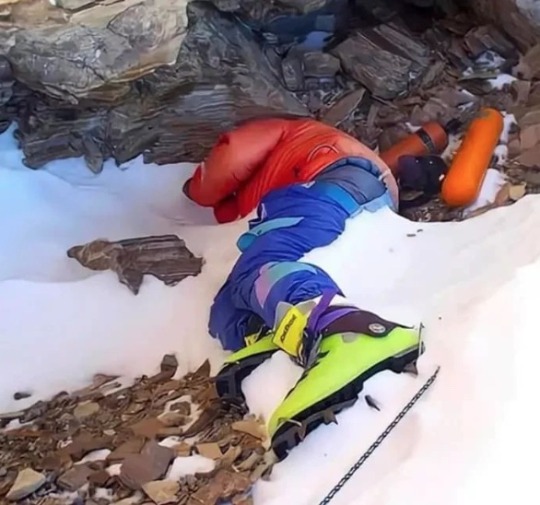

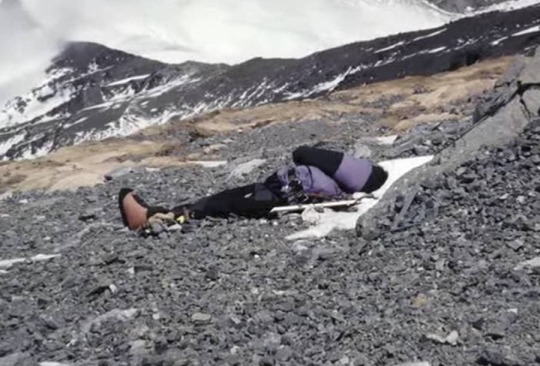
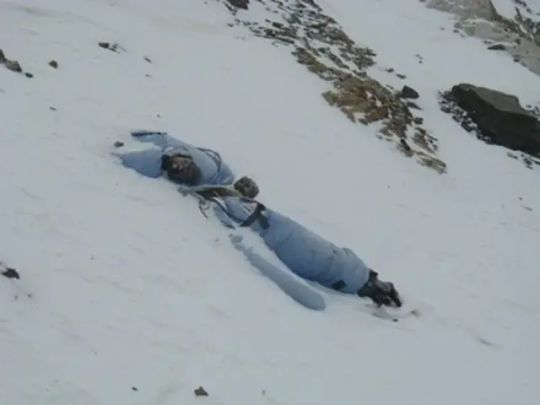
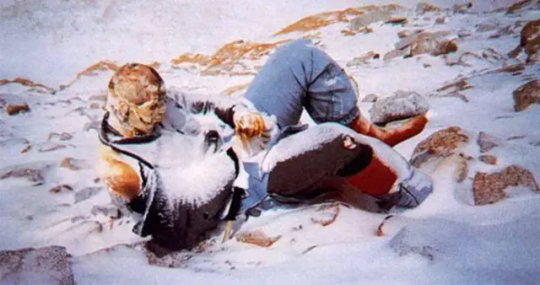
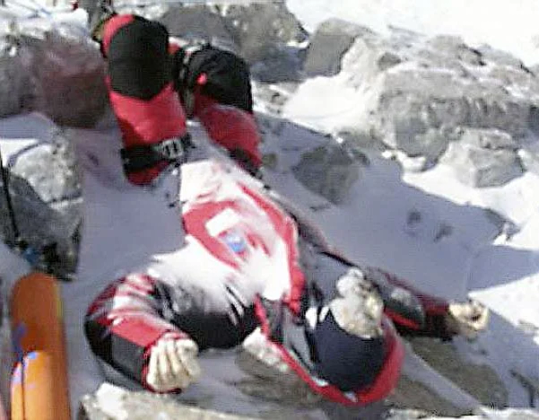
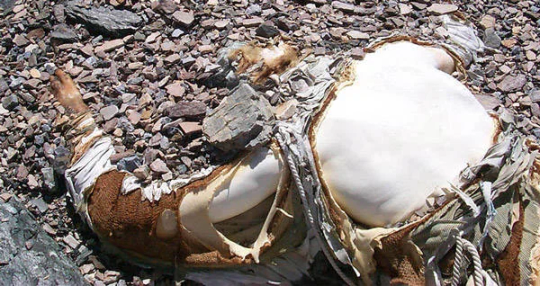
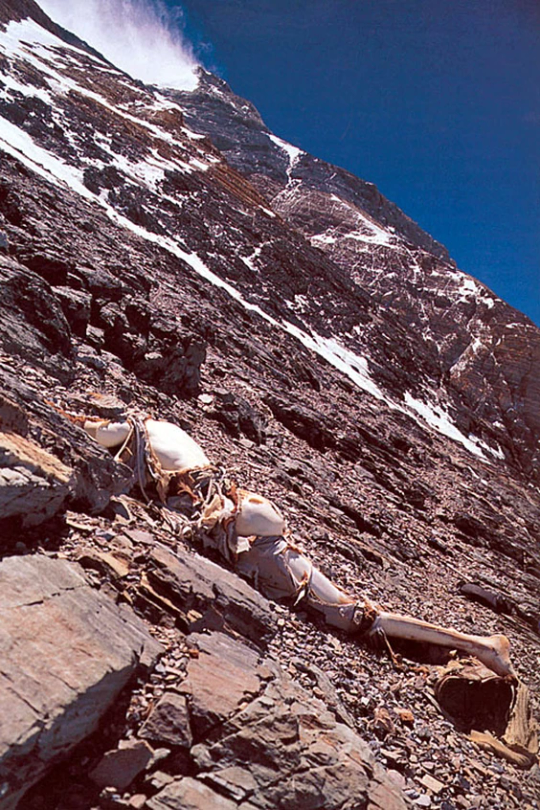
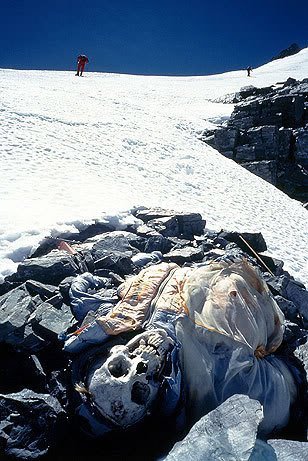
#Mt Everest#Mount Everest#Everest#The Death Zone#Why are Hundreds of Climbers Heading into the ‘Death Zone’ on Mt Everest This Spring?#world’s highest mountain#the Himalayas#mountain climbing#death on a mountain#history#history news#long reads#long post#long story
40 notes
·
View notes
Text

WILD MAN IN A WILD WORLD -- EARTH YETI.
PIC INFO: Spotlight on the Yeti of Nepalese folklore, watercolors by the late, great Eric Carle (1929-2021), from the children's book "Dragons Dragons and Other Creatures that Never Were" (1988).
"The Yeti is a manlike beast, Unless, perchance, he doesn't exist. He walks like a man and has hair on his face, And rumors persist That in forests and caves where no one goes, Or high in the Himalayan snows, He may still be living. Nobody knows. If you meet him and ask him, "Are you a Yeti?" All he can say is, "Maybe.""
-- JOHN GARDNER (1933-1982)
Source: www.fairyroom.ru/?p=56315.
#Yeti#Nepalese folklore#Illustration#Abominable Snowman#Cryptozoology#Nepalese#Watercolors#Children's books#Kids books#1988#Eric Carle#Legendary Creatures#Dragons Dragons 1988#Nepalese Mythology#Mythology#Eastern folklore#Folklore#Legendary Beasts#Mythical Creatures#Mythical#Poetry#The Himalayas#Nepal#Mythological Beasts#Eastern Mythology#Eric Carle Art#Dragons Dragons#Dragons Dragons and Other Creatures that Never Were#Poems#Himalayas
3 notes
·
View notes
Text
The subunit we have been askin' for years now:
The Lee Rap Brothers 😎🙌
Video cr. on the video
2 notes
·
View notes
Text

“Kanchinjinga”, silver gelatin print mounted on card, 1899.
0 notes
Text
Grandala in the Tirthan Valley
vinay.blue.sheep
10K notes
·
View notes
Text


referring to Mount Everest by its Tibetan name by an ethnically Tibetan actor in a major American TV show let's gooooo!!!!
#severance#severance spoilers#severance season 2#tibet#mount everest#chomolungma#chikhai bardo#(I was already excited by a bardo reference in the title)#sagarmatha#nepal#himalayas#holy mother#I am tagging this as everything let's goooo#gemma scout#as a huge fucking gemma stan#we eatin gooood this ep boys
3K notes
·
View notes
Text

Missing the air of high altitude at > 5000m above sea level :')
0 notes
Text


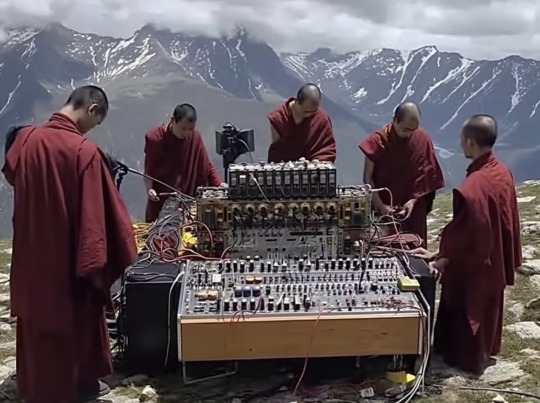
Seoul The Soloist: 'Himalayan Ambient' (2023)
#Seoul The Soloist#Himalayan Ambient#ambient#monk#mountains#art#photography#synth#music#himalayas#2023
12K notes
·
View notes
Text
📍Mount Kailash, Himalayas
#video#paradise#view#nature#paraiso#natureza#explore#travel#lake#trip#adventure#himalayas#asia#hike#river#water#ocean#landscape#montanhas#moutains
7K notes
·
View notes
Text


Gigantic Jets over Himalayas l NASA APOD
#nasa#apod#space#astrophotography#astronomy#earth#himalayas#mountains#lightning#gigantic jets#thunderstorm#planets#solar system#sky#night#stars
2K notes
·
View notes
Text






Ladakh 'Land of High Passes'
949 notes
·
View notes
Text
Large crystal transparent quartz from the Himalayas, the crystal is very transparent and bright, like a large ice cube.
Credit: Min_minerals
652 notes
·
View notes